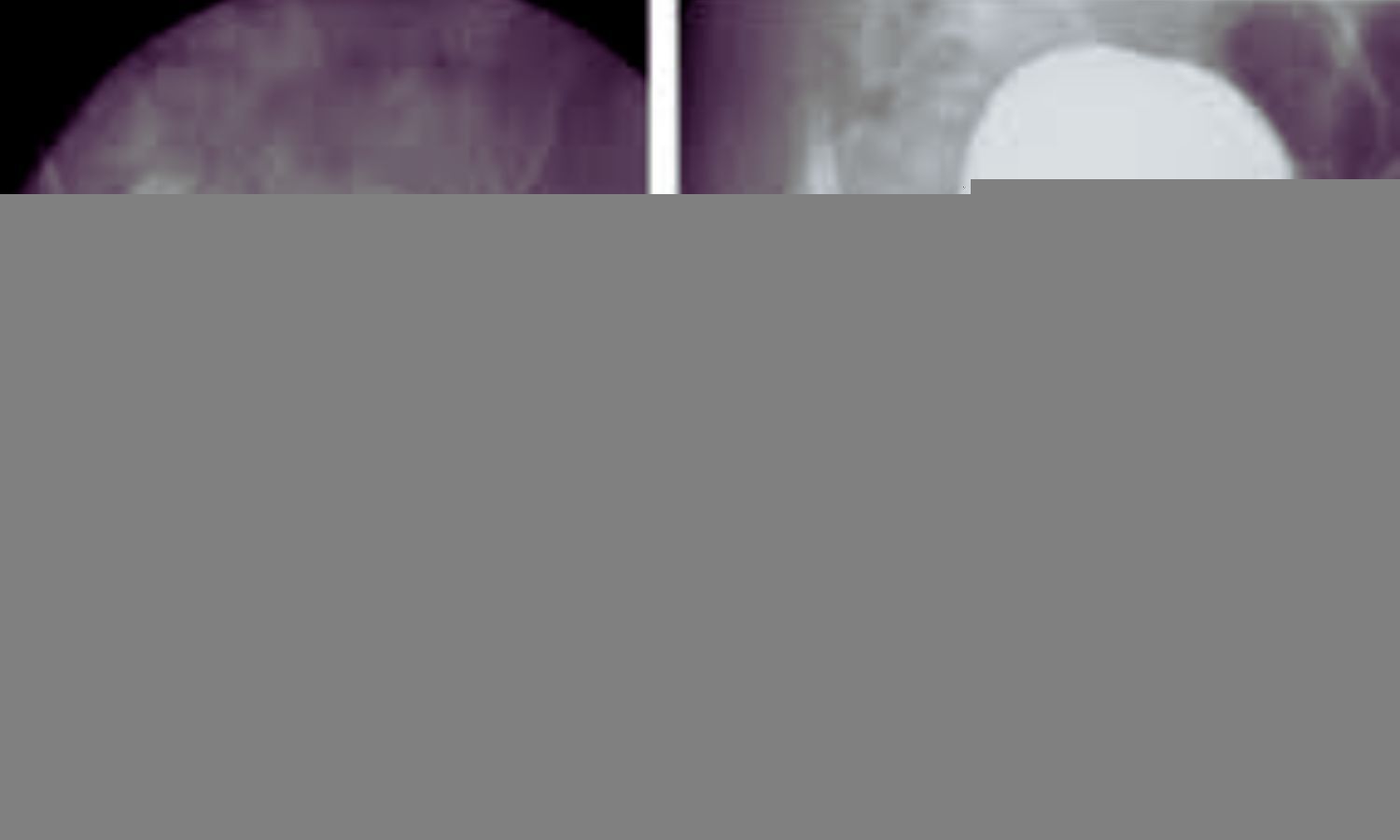- Home
- Medical news & Guidelines
- Anesthesiology
- Cardiology and CTVS
- Critical Care
- Dentistry
- Dermatology
- Diabetes and Endocrinology
- ENT
- Gastroenterology
- Medicine
- Nephrology
- Neurology
- Obstretics-Gynaecology
- Oncology
- Ophthalmology
- Orthopaedics
- Pediatrics-Neonatology
- Psychiatry
- Pulmonology
- Radiology
- Surgery
- Urology
- Laboratory Medicine
- Diet
- Nursing
- Paramedical
- Physiotherapy
- Health news
- Fact Check
- Bone Health Fact Check
- Brain Health Fact Check
- Cancer Related Fact Check
- Child Care Fact Check
- Dental and oral health fact check
- Diabetes and metabolic health fact check
- Diet and Nutrition Fact Check
- Eye and ENT Care Fact Check
- Fitness fact check
- Gut health fact check
- Heart health fact check
- Kidney health fact check
- Medical education fact check
- Men's health fact check
- Respiratory fact check
- Skin and hair care fact check
- Vaccine and Immunization fact check
- Women's health fact check
- AYUSH
- State News
- Andaman and Nicobar Islands
- Andhra Pradesh
- Arunachal Pradesh
- Assam
- Bihar
- Chandigarh
- Chattisgarh
- Dadra and Nagar Haveli
- Daman and Diu
- Delhi
- Goa
- Gujarat
- Haryana
- Himachal Pradesh
- Jammu & Kashmir
- Jharkhand
- Karnataka
- Kerala
- Ladakh
- Lakshadweep
- Madhya Pradesh
- Maharashtra
- Manipur
- Meghalaya
- Mizoram
- Nagaland
- Odisha
- Puducherry
- Punjab
- Rajasthan
- Sikkim
- Tamil Nadu
- Telangana
- Tripura
- Uttar Pradesh
- Uttrakhand
- West Bengal
- Medical Education
- Industry
Study Unveis Zinner Syndrome in pediatric population: Rare and usually undiagnosed entity

USA: Zinner Syndrome (ZS), a rare but underdiagnosed condition in pediatric patients, is gaining attention among medical professionals for its elusive nature and potential impact on young individuals. This syndrome, characterized by a triad of unilateral renal agenesis, ipsilateral seminal vesicle cyst, and ipsilateral ejaculatory duct obstruction, poses diagnostic challenges due to its varied and often subtle symptoms.
Typically, Zinner Syndrome manifests during adolescence or early adulthood, when the obstructive effects on the genitourinary system become clinically evident. However, recent studies suggest that it can also present earlier in pediatric patients, albeit with nonspecific symptoms that may be mistaken for other conditions.
A recent study published in the Journal of Pediatric Urology highlights the diverse clinical and radiological spectrum of Zinner Syndrome, emphasizing the need for vigilance in detecting overlapping entities.
"Timely identification utilizing advanced imaging techniques is crucial for accurate diagnosis and appropriate management of ZS in the pediatric population," the researchers wrote.
Zinner Syndrome is a rare congenital malformation of the mesonephric duct, that combines seminal vesicle cyst (SVC) with ipsilateral upper urinary tract abnormalities. Usually without symptoms during childhood, Zinner Syndrome typically presents between the ages of 20 and 40 with issues such as bladder symptoms, perineal pain, and infertility. There is a need for diagnostic confirmation with additional imaging when either renal or seminal abnormalities are identified.
Kumar K. Shashi, Department of Radiology, Boston Children’s Hospital, Boston, MA, and colleagues described their single-center experience with imaging features of ZS and surgical findings and presented a brief literature review.
A retrospective study spanning 22 years identified 20 pediatric ZS cases through clinical analytics. Clinical, demographic, and radiological data were analyzed, including presenting complaints, surgical findings, and imaging modalities (ultrasound, CT, MRI). The study was HIPAA-compliant and IRB-approved.
The following were the key findings of the study:
- Among 20 cases (mean age: 7.3 years), clinical presentations included asymptomatic cases, urinary symptoms, and abdominal pain.
- Imaging revealed renal anomalies (agenesis, multicystic dysplastic kidney) and seminal vesicle abnormalities.
- Surgical interventions (n=12) addressed symptomatic cases, often involving robotic or laparoscopic procedures.
"Zinner Syndrome, despite its rarity, exhibits diverse clinical manifestations, requiring a collaborative healthcare approach. Early detection can be aided by identifying renal abnormalities prenatally," the research team wrote. "Surgical treatment is considered for symptomatic cases, employing procedures like vesiculectomy and resection of residual structures."
"Radiologists need to recognize that the overlapping imaging features of more common conditions can make diagnosing this rare condition challenging," they concluded.
Reference:
Shashi, K. K., Garg, H., Yu, R. N., & Chow, J. S. (2024). Zinner Syndrome in pediatric age group: An underdiagnosed entity. Journal of Pediatric Urology. https://doi.org/10.1016/j.jpurol.2024.06.014
Dr Kamal Kant Kohli-MBBS, DTCD- a chest specialist with more than 30 years of practice and a flair for writing clinical articles, Dr Kamal Kant Kohli joined Medical Dialogues as a Chief Editor of Medical News. Besides writing articles, as an editor, he proofreads and verifies all the medical content published on Medical Dialogues including those coming from journals, studies,medical conferences,guidelines etc. Email: drkohli@medicaldialogues.in. Contact no. 011-43720751


